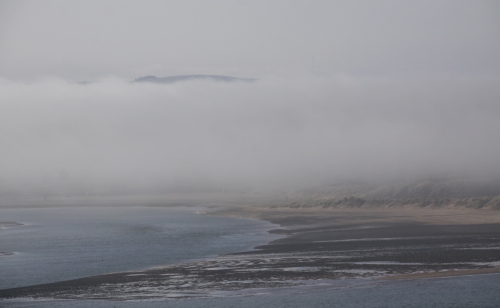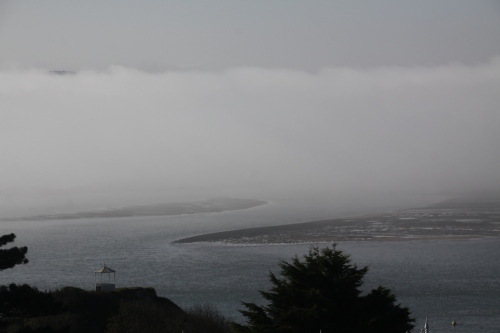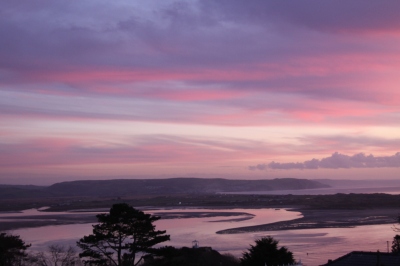 I keep some plants in a gravel tray on my patio, mainly herbs, and during an autumn sort-out, which involved moving the plants out of the gravel tray so that I could clean it, I disturbed this common toad (Bufo bufo), which was presumably looking for an undisturbed corner in which to settle down for an undisturbed hibernation. Sadly he/she chose quite the wrong place for a winter stop-over. It was completely unfazed by being exposed, and sat almost motionless. In fact, at first I was by no means sure it was alive. I left it alone, and eventually it moved a few limbs, and later on had vanished from view.
I keep some plants in a gravel tray on my patio, mainly herbs, and during an autumn sort-out, which involved moving the plants out of the gravel tray so that I could clean it, I disturbed this common toad (Bufo bufo), which was presumably looking for an undisturbed corner in which to settle down for an undisturbed hibernation. Sadly he/she chose quite the wrong place for a winter stop-over. It was completely unfazed by being exposed, and sat almost motionless. In fact, at first I was by no means sure it was alive. I left it alone, and eventually it moved a few limbs, and later on had vanished from view.
Although this individual is grey, they can be any good camouflage colours, including brown, olive green and sandy-coloured. Although they mate in or by water, they move away from aquatic environments, making their homes in woodland and similar shady environments where they prefer damp log and leaf piles. They make shallow burrows from which they forage at night for insects, spiders, centipedes, slugs, worms and ants etc, catching them on long, sticky tongues. This diet makes them very friendly to gardeners, and a toad is always a welcome resident. They return to the pond in which they were spawned to mate. Eggs are laid in long strings, which can be distinguished from frog spawn which are laid in clumps.
Hopefully it relocated to somewhere in the garden, where there are plenty of nice damp nooks and crannies for a nice quiet hibernation. I must say, on colder, windier and rainier days, the idea of going to bed for the winter doesn’t seem like an absolutely terrible lifestyle choice 🙂


































